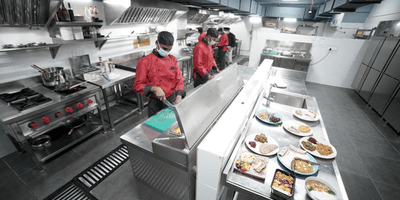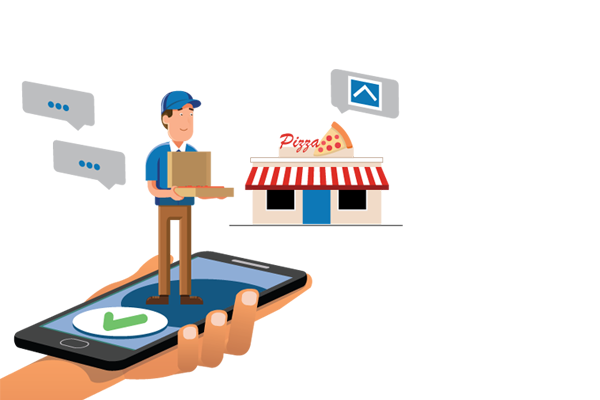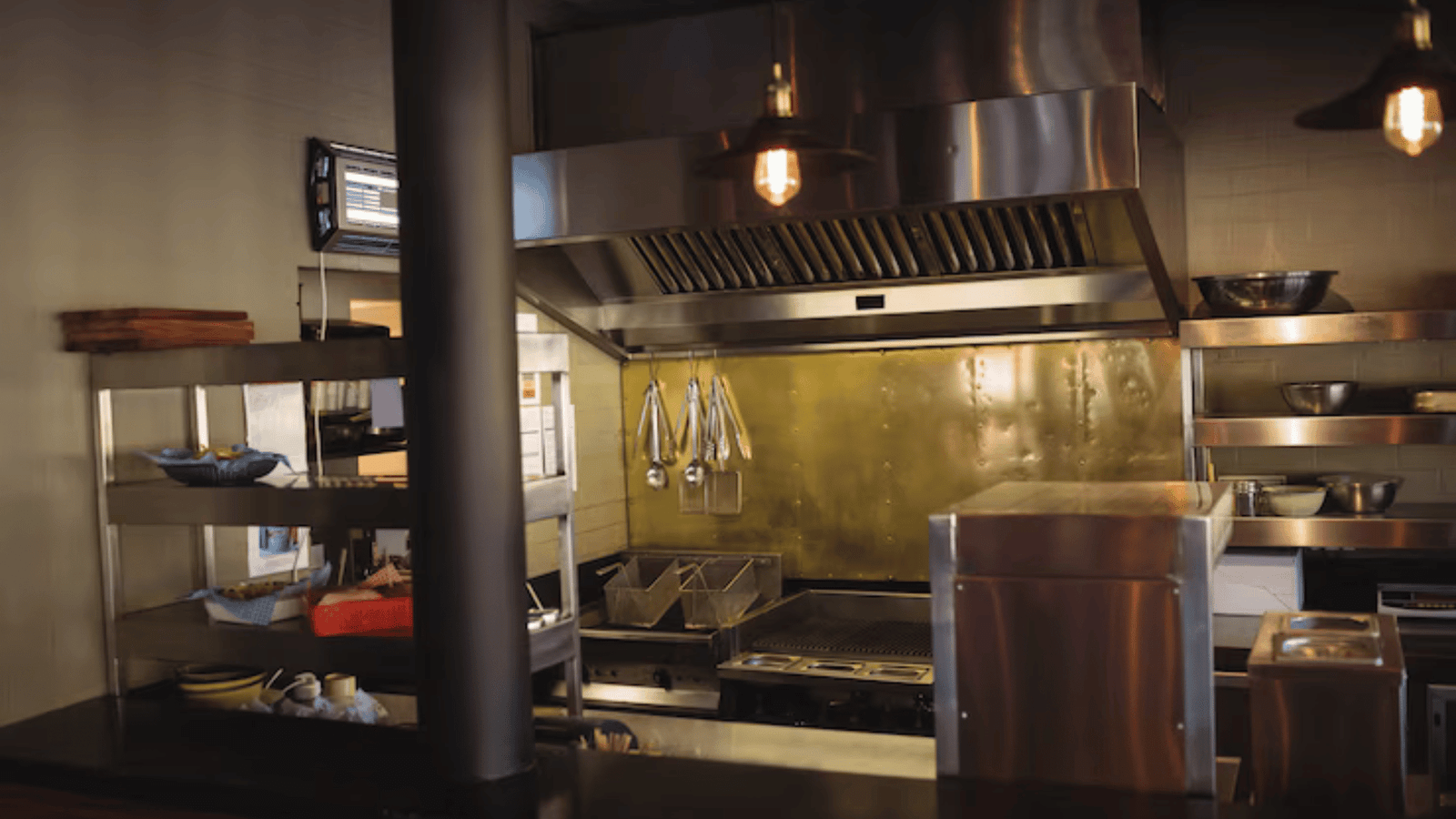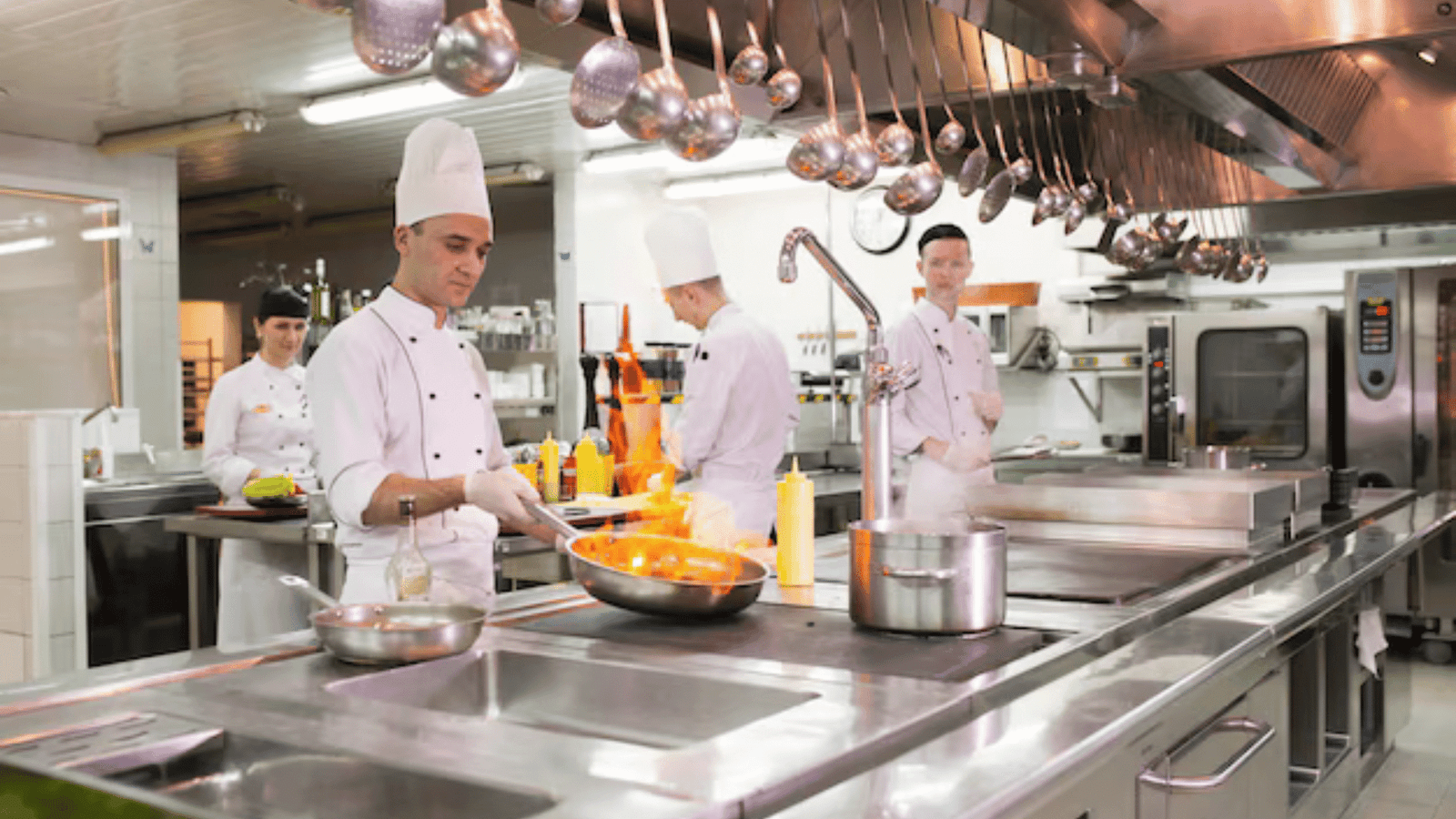The cloud kitchen industry has rapidly transformed the food service business model. Entrepreneurs are increasingly opting for cloud kitchens as a cost-effective alternative to traditional brick-and-mortar restaurants. However, setting up a cloud kitchen involves various costs, and understanding these expenses is crucial for a successful launch. In this Artical, we’ll explore the various cloud kitchen setup costs and provide actionable tips to minimize them, ensuring you can start your cloud kitchen venture on a strong financial footing.

What Are Cloud Kitchen Setup Costs?
Cloud kitchen setup costs refer to the total expenses incurred in establishing a cloud kitchen business. These costs can vary widely depending on the location, scale, and complexity of your operations. From infrastructure and equipment to licensing and marketing, each element contributes to the overall cost structure. Understanding these factors is essential for budgeting and ensuring that your cloud kitchen business is financially viable in the long run.
Key Components of Cloud Kitchen Setup Costs
1. Location and Space Rent
One of the primary expenses in a cloud kitchen setup is the rental cost of the kitchen space. Unlike traditional restaurants, cloud kitchens typically operate in low-rent commercial spaces, which reduces overhead costs. However, depending on your location, rent can still account for a significant portion of your overall expenses.
- Tip: Opt for locations in emerging business districts or industrial areas where rent is relatively lower.
2. Kitchen Equipment
Investing in high-quality kitchen equipment is a must for any cloud kitchen. This includes ovens, refrigerators, stoves, grills, and storage facilities. The quality and quantity of equipment will depend on the type of food you plan to serve.
- Tip: Buy second-hand or refurbished kitchen equipment to save on initial costs.

3. Licensing and Permits
Starting a cloud kitchen requires obtaining various licenses and permits, including food licenses, health and safety certifications, and fire safety clearance. These licenses can vary by region, but they are essential for operating legally.
- Tip: Research the specific requirements in your city and apply early to avoid delays.
4. Technology and Software
Cloud kitchens heavily rely on technology for order management, delivery, and customer interaction. Software solutions for inventory management, kitchen display systems, POS systems, and delivery tracking tools are critical to running a smooth operation.
- Tip: Leverage cloud-based software to reduce initial investment and avoid hardware costs.

Read Also :- How to Start a Cloud Kitchen Business: A Comprehensive Guide for Success
How to Increase Sales in Your Cloud Kitchen?
5. Staffing
Although cloud kitchens typically operate with a smaller team than traditional restaurants, you still need chefs, kitchen assistants, and delivery personnel. Salaries, benefits, and training costs should be factored into your cloud kitchen setup costs.
- Tip: Hire a lean, experienced team and consider outsourcing delivery to third-party services.
6. Marketing and Branding
In the competitive world of cloud kitchens, effective marketing is key to attracting customers. This includes digital marketing efforts such as social media campaigns, SEO, influencer partnerships, and paid ads.
- Tip: Utilize cost-effective marketing channels like social media and search engine optimization (SEO) to build brand awareness without breaking the bank.

How to Minimize Cloud Kitchen Setup Costs
Reducing cloud kitchen setup costs doesn’t mean compromising on quality or service. With careful planning and resourcefulness, you can minimize expenses while maximizing profitability.
1. Choose an Efficient Location
The location of your kitchen doesn’t need to be prime real estate. Focus on areas that offer lower rent but still provide quick access to delivery zones. Industrial parks, commercial kitchens, and shared spaces are great options for cloud kitchen setups.
2. Opt for Shared Kitchen Spaces
Instead of investing in your own kitchen infrastructure, consider renting a shared kitchen space. This option allows you to split costs with other businesses, making it a more affordable choice for new cloud kitchen entrepreneurs.
3. Invest in Multi-Purpose Equipment
Rather than buying individual appliances for every kitchen task, invest in multi-purpose equipment that can handle a range of cooking methods. This will help you cut down on both space and capital expenditure.
4. Use Third-Party Delivery Services
Instead of building your own delivery fleet, partner with established third-party delivery services like Zomato, Swiggy, or Uber Eats. These platforms take care of delivery logistics, allowing you to focus on food preparation and customer service.

5. Outsource Non-Core Functions
Instead of hiring full-time employees for every role, consider outsourcing non-core functions like cleaning, marketing, and IT support. Outsourcing allows you to access skilled professionals without committing to long-term salaries.
6. Leverage Technology for Automation
Cloud kitchens rely on technology for efficiency, but the right technology can also help you cut down on costs. Automate inventory management, order processing, and customer communication to reduce labor costs and improve operational efficiency.

7. Negotiate Bulk Deals for Ingredients
Purchase your ingredients in bulk or partner with suppliers who offer discounts for larger orders. Buying in bulk can reduce your per-unit cost, allowing you to offer competitive prices to your customers.
Cloud Kitchen Cost Breakdown: Example for Budgeting
| Expense Category | Estimated Cost (INR) |
|---|---|
| Rent (per month) | 30,000 – 50,000 |
| Kitchen Equipment (one-time) | 1,00,000 – 2,50,000 |
| Licenses & Permits (one-time) | 20,000 – 50,000 |
| Technology & Software | 10,000 – 20,000 |
| Marketing (monthly) | 15,000 – 30,000 |
| Staff (monthly) | 50,000 – 1,00,000 |
Note: Costs vary based on location and scale of operations. Always consult with local experts for more accurate estimates.
Read Also :- What is a Cloud Kitchen: Benefits & Challenges Explained
A Complete Guide to Cloud Kitchen Setup & Optimization in India
Conclusion:
The cloud kitchen setup costs are an essential consideration when starting your business. By understanding the key cost factors and implementing strategies to minimize expenses, you can start your cloud kitchen with a smart financial approach. Whether it’s choosing the right location, leveraging technology, or outsourcing services, there are many ways to reduce costs while maintaining a high level of quality and service. As the cloud kitchen industry continues to grow, careful budgeting and cost management will be essential for success.
FAQs
Q1: What are the main costs involved in setting up a cloud kitchen?
The main costs include rent, kitchen equipment, licensing, technology, staffing, and marketing. These factors vary depending on location and scale.
Q2: How can I reduce cloud kitchen setup costs?
You can minimize costs by choosing an affordable location, opting for shared kitchen spaces, outsourcing non-core functions, and leveraging third-party delivery services.
Q3: How much does it cost to set up a cloud kitchen in India?
The total cost can range from INR 2,00,000 to INR 5,00,000, depending on the size, location, and type of food you offer. This includes rent, equipment, licenses, and operational costs.
Q4: Is technology necessary for running a cloud kitchen?
Yes, technology is crucial for order management, inventory control, and communication with customers. Using cloud-based software and automation tools can significantly improve efficiency.
Q5: Can I start a cloud kitchen with minimal staff?
Yes, cloud kitchens typically require fewer staff members than traditional restaurants. You can start with a lean team and outsource certain functions like delivery and marketing.





